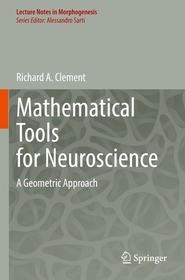
- Publisher's listprice EUR 128.39
-
53 249 Ft (50 714 Ft + 5% VAT)
The price is estimated because at the time of ordering we do not know what conversion rates will apply to HUF / product currency when the book arrives. In case HUF is weaker, the price increases slightly, in case HUF is stronger, the price goes lower slightly.
- Discount 20% (cc. 10 650 Ft off)
- Discounted price 42 600 Ft (40 571 Ft + 5% VAT)
Subcribe now and take benefit of a favourable price.
Subscribe
53 249 Ft

Availability
printed on demand
Why don't you give exact delivery time?
Delivery time is estimated on our previous experiences. We give estimations only, because we order from outside Hungary, and the delivery time mainly depends on how quickly the publisher supplies the book. Faster or slower deliveries both happen, but we do our best to supply as quickly as possible.
Product details:
- Edition number 1st ed. 2022
- Publisher Springer International Publishing
- Date of Publication 22 April 2023
- Number of Volumes 1 pieces, Book
- ISBN 9783030984977
- Binding Paperback
- See also 9783030984946
- No. of pages162 pages
- Size 235x155 mm
- Weight 273 g
- Language English
- Illustrations X, 162 p. 121 illus., 106 illus. in color. Illustrations, black & white 456
Categories
Long description:
Table of Contents:
- 1. Mind and Brain. - 2. Biological Objects. - 3. Measurements. - 4. From Local to Global. - 5. Actions. - 6. Brain and Body. - 7. Analysis of Experimental Measurements. - 8. Where Are We Going With All This?. - 9. Appendix: Background Material.
More




